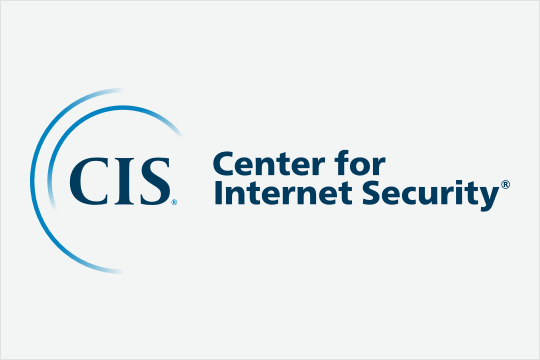Advisories
The latest information on known vulnerabilities in popular software and systems
1 - 10 of 211 results
Issued on 08.23.2024
2024-093: Multiple Vulnerabilities in SolarWinds Web Help Desk Could Allow for Remote Code ExecutionMultiple vulnerabilities have been discovered in SolarWinds Web Help Desk (WHD), the most severe of which could allow for remote code execution. ...
Issued on 08.23.2024
2024-092: Multiple Vulnerabilities in Google Chrome Could Allow for Arbitrary Code ExecutionMultiple vulnerabilities have been discovered in Google Chrome, the most severe of which could allow for arbitrary code execution. Successful exp...
Issued on 08.13.2024
2024-089: Critical Patches Issued for Microsoft Products, August 13, 2024Multiple vulnerabilities have been discovered in Microsoft products, the most severe of which could allow for remote code execution in the contex...
Issued on 08.13.2024
2024-090: Multiple Vulnerabilities in Ivanti Products Could Allow for Remote Code ExecutionMultiple vulnerabilities have been discovered in Ivanti products, the most severe of which could allow for remote code execution.
Ivanti Avalan...
Issued on 08.12.2024
2024-091: Multiple Vulnerabilities in Adobe Products Could Allow for Arbitrary Code ExecutionMultiple vulnerabilities have been discovered in Adobe products, the most severe of which could allow for arbitrary code execution.
Adobe is a so...
Issued on 08.07.2024
2024-087: Multiple Vulnerabilities in Google Chrome Could Allow for Arbitrary Code ExecutionMultiple vulnerabilities have been discovered in Google Chrome, the most severe of which could allow for arbitrary code execution. Successful exp...
Issued on 08.07.2024
2024-088: Multiple Vulnerabilities in Google Android OS Could Allow for Privilege EscalationMultiple vulnerabilities have been discovered in Google Android OS, the most severe of which could allow for privilege escalation. Android is an ...
Issued on 08.06.2024
2024-086: Multiple Vulnerabilities in Mozilla Products Could Allow for Arbitrary Code ExecutionMultiple vulnerabilities have been discovered in Mozilla products, the most severe of which could allow for arbitrary code execution. Mozilla Fir...
Issued on 07.30.2024
2024-085: Multiple Vulnerabilities in Apple Products Could Allow for Arbitrary Code ExecutionMultiple vulnerabilities have been discovered in Apple products, the most severe of which could allow for arbitrary code execution. Successful ex...
Issued on 07.23.2024
2024-084: Multiple Vulnerabilities in Google Chrome Could Allow for Arbitrary Code ExecutionMultiple vulnerabilities have been discovered in Google Chrome, the most severe of which could allow for arbitrary code execution. Successful exp...
Explore Related Cybersecurity Solutions

Safeguard IT systems against cyber threats with more than 100 configuration guidelines across more than 25 vendor product families.
Learn MoreProtect your organization from cyber-attacks with globally recognized CIS Controls, companion guides, and mappings.
Learn MoreCIS CyberMarket
Learn MoreCIS Hardened Images
Learn MoreCIS SecureSuite
Learn MoreCIS Services
Learn MoreAccess resources for threat prevention, protection, response, and recovery for U.S. State, Local, Tribal, and Territorial (SLTT) government entities.
Learn MoreAccess resources for threat prevention, protection, response, and recovery for U.S. State, Local, Tribal, and Territorial (SLTT) government entities.
Learn More